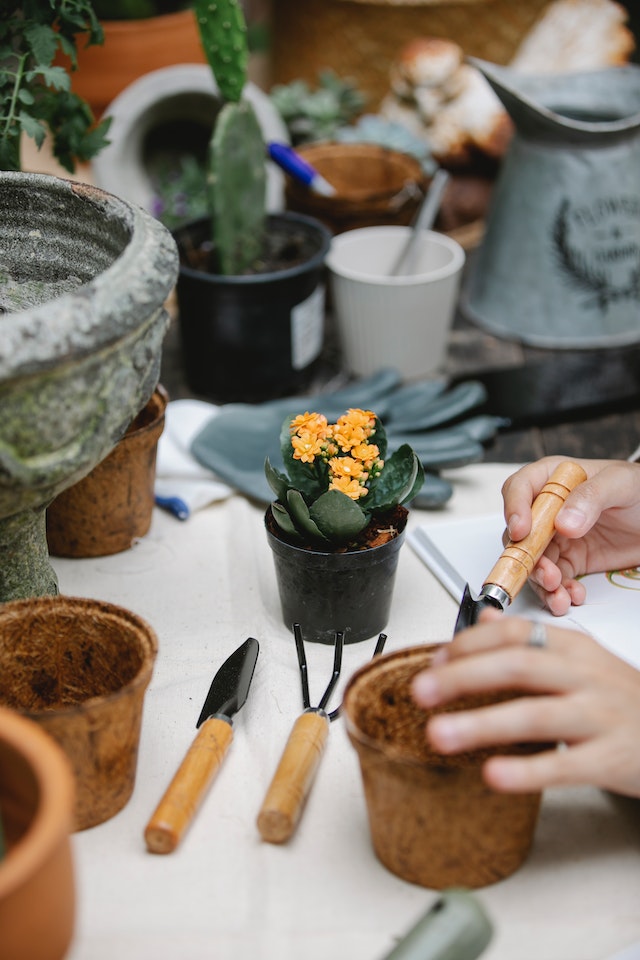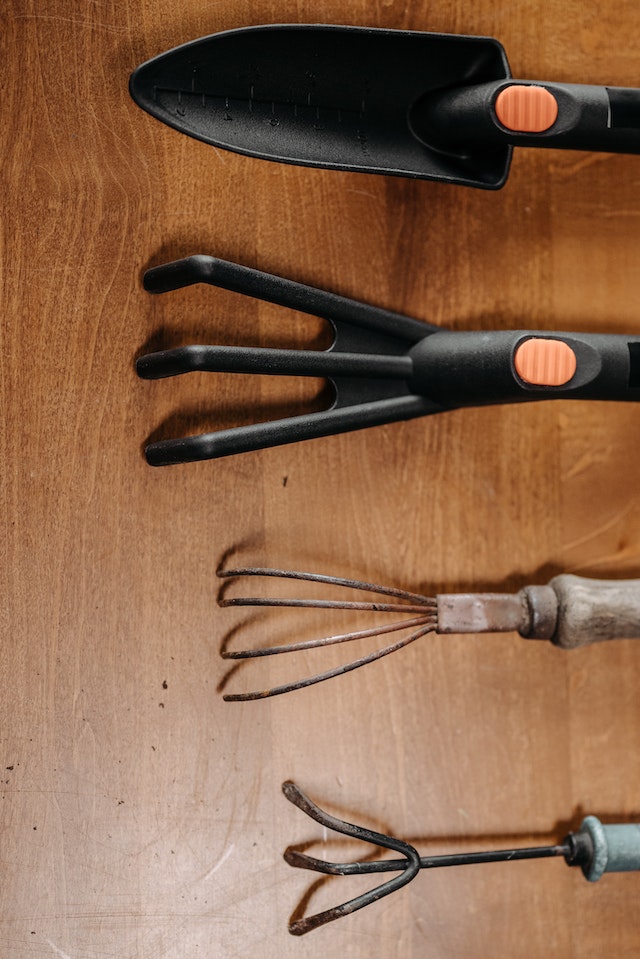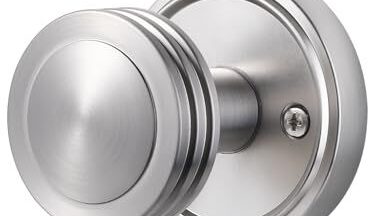Gardening is a labour of love, and the tools you use are essential allies in nurturing a thriving garden. From spades and pruners to hoes and trowels, these implements are the backbone of your gardening endeavours. However, the longevity and effectiveness of your tools hinge on how well you care for them. In this exploration, we delve into the art of taking care of your garden tools—a practice that not only preserves their functionality but also contributes to the overall success of your gardening pursuits.
One of the fundamental steps in caring for garden tools is regular cleaning. After each use, remove any soil, debris, or plant residues clinging to the surfaces of your tools. A stiff brush or putty knife can be effective in dislodging stubborn dirt. This simple act prevents the accumulation of corrosive elements, such as sap or acidic soil, which can erode the metal components of your tools over time. After cleaning, make sure to thoroughly dry your tools to prevent rust formation. Moisture is the enemy of metal tools, and allowing them to air-dry or wiping them with a dry cloth is crucial to maintaining their integrity.

Regularly sharpening the blades of your pruners, shears, and hoes ensures clean cuts, promoting plant health and reducing the effort required for various gardening tasks. Use a sharpening tool, such as a file or a specialized sharpener, to maintain the sharpness of the cutting edges. Additionally, consider investing in professional sharpening services if you are unsure about doing it yourself. A well-maintained cutting edge not only enhances the precision of your work but also prolongs the life of your tools.
Moving parts of garden tools, such as hinges, joints, and springs, benefit from occasional lubrication. Applying a thin layer of oil, such as mineral oil or a specialized tool lubricant, protects against rust and corrosion while facilitating smooth movement. Pay attention to pivot points, nuts, and bolts, ensuring that these areas remain well-lubricated. Regular lubrication not only extends the life of your tools but also reduces friction, making them easier and more enjoyable to use.

If your garden tools have wooden handles, proper care is essential to prevent deterioration. Periodically inspect the handles for cracks, splinters, or signs of rot. Sand any rough spots or splinters to keep the handles smooth, preventing blisters or calluses during use. Applying a protective coating, such as linseed oil, to wooden handles helps nourish the wood and provides a barrier against the elements. This simple maintenance routine not only enhances the aesthetic appeal of your tools but also ensures the longevity of their wooden components.
Rust is a common adversary for metal garden tools, and preventing its formation is key to preserving their functionality. In addition to thorough drying after use, storing your tools in a dry environment is crucial. Consider investing in a tool shed, a covered storage area, or utilizing tool racks to keep them off the ground. Applying a rust inhibitor or coating the metal surfaces with a thin layer of vegetable oil can provide an extra layer of protection. Regular inspection for any signs of rust and prompt action to address it will safeguard your tools from irreversible damage.







